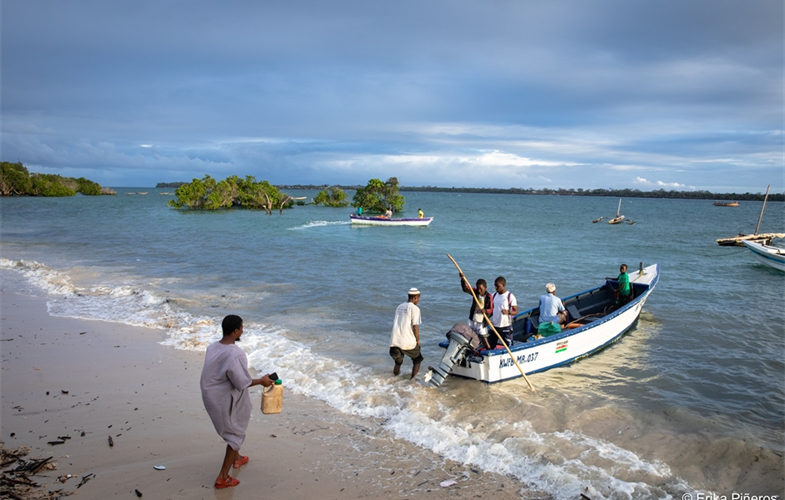
As Derek Armitage, professor in the School of Environment, Resources and Sustainability, and a contributing author to the study notes, “OECMs are not your typical protected area, nor do they have much in common with our iconic image of Banff National Park or Algonquin Provincial Park. Instead, they recognize the diverse ways that people sustainably use landscapes and seascapes, even in situations where conservation is not the primary aim.
It is crucial to recognize that areas stewarded by Indigenous Peoples and many local communities make invaluable contributions to biodiversity protection as well as cultural and economic wellbeing. These spaces, along with historic shipwreck reserves, sacred groves, and low-intensity farmland managed under traditional agricultural management systems are all valuable strategies with which to protect biodiversity amidst the growing climate crisis.”

Still, there are plenty of challenges ahead. Perceptions remain that OECMs might be a ‘land grab’ or ‘sea grab’ by national governments, outsiders or international organizations seeking to achieve biodiversity targets. And the idea is still relatively new - OECMs were only devised by the Parties to the Convention on Biological Diversity in 2010 and not really defined until 2018. Currently less than one percent of the world’s land and freshwater environments and less than 0.1 percent of marine areas are recognized with an OECM designation. How OECMs are governed, funded and integrated with other global agreements are open-ended questions.
Ultimately, says Dr Emily Darling, study co-author and Director of Coral Reef Conservation at the Wildlife Conservation Society, “If done right, OECMs are a potentially powerful mechanism to advocate for outcomes-based conservation since a key criteria of OECMs is demonstrating their effectiveness.”
Photo of fishers by ©Erika Pineros. Volunteer community members patrol their local fishery